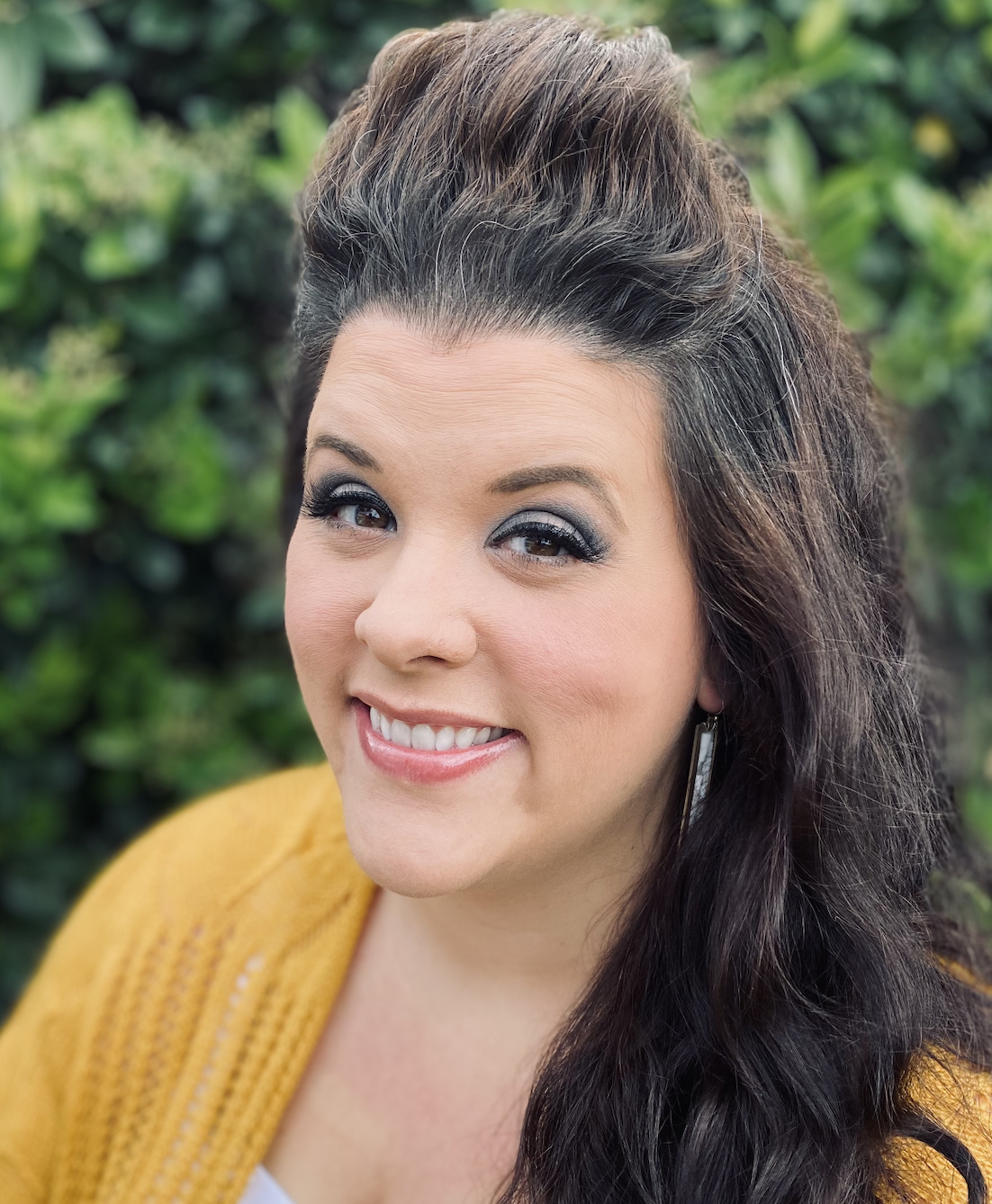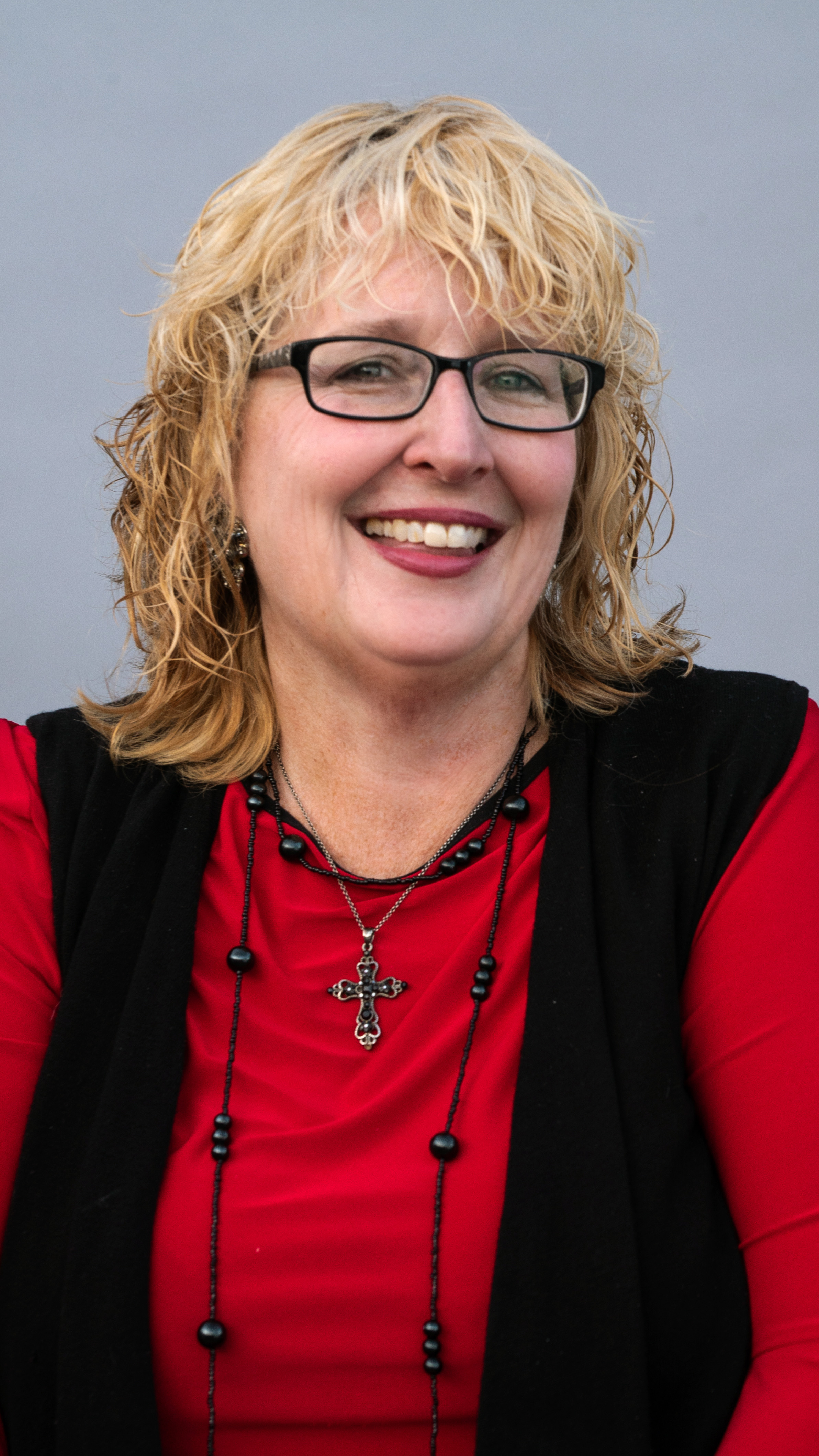


The purpose of this presentation is to present digital storytelling through moviemaking as a culturally relevant instructional strategy that can be used to foster equity and social-emotional learning as well as support the UDL practices of expert learners. Attendees will understand how storytelling connects to learning and the impact of stories on the brain. Participants will also learn about several moviemaking lesson frames that can be used with any content/grade level. An array of student-created movies will be showcased as exemplars. Attendees will leave with a clear understanding of the capacity moviemaking has to lift under-represented voices,how it integrates with UDL principals, as well as to help students process their emotions and clearly communicate diverse perspectives on a variety of topics.
1. Welcome, presenter introductions 3 minutes
2. Description of educational context in which presenters work (i.e. student and community demographics, barriers) Identifying the challenge: Structuring opportunities to build equity and social emotional skills. 5 minutes
3. UDL: What is it and how does storytelling/moviemaking fit in? 5 minutes
The appeal of storytelling as it pertains to learning. Presenters will share research as they connect storytelling to the learning process and brain science. 5 minutes
4. Walk attendees through some mini-lesson templates (video haiku, I am poem, video meme ect) and show a few student samples. 15 minutes
5. Attendees will choose one of the lesson frames to create their own movie as a teacher example for their class. They will use a video editing software of their choice to execute this task. Suggestions include: WeVideo, Adobe Express, IMovie, Canva or Wave Video. 40 minutes
6. Viewing Party - several attendee projects will be shown and discussed as a group. During this discussion, presenters will focus on the importance of authentic audiences for student work and how to structure critical feedback to build creative confidence and growth. 10 minutes
7.Presenters will briefly identify potential pitfalls when creating this project with students and make recommendations for a smooth production process. 5 minutes
8. Presenters will connect how every step of the process connects to UDL principles. 5 minutes
9. Closing and additional resources. 2 minutes
Pack, Jessica (2021). Moviemaking in the Classroom: Lifting Student Voices Through Digital Storytelling.
Gallo, C. (2019). Storytelling to Inspire, Educate, and Engage. American Journal of Health Promotion, 33(3), 469–472. https://doi.org/10.1177/0890117119825525b
Peterson, L. (2018, October 17). The Science Behind The Art Of Storytelling. Harvard Business Publishing: Corporate Learning. https://www.harvardbusiness.org/the-science-behind-the-art-of-storytelling/.
Vu, V., Warschauer, M., & Yim, S. (2019). Digital Storytelling: A District Initiative for Academic Literacy Improvement. Journal of Adolescent & Adult Literacy, 63(3), 257-267. https://doi.org/10.1002/jaal.962
Zak, P. J. (2013, December 13). How Stories Change the Brain. Greater Good Magazine. https://greatergood.berkeley.edu/article/item/how_stories_change_brain.